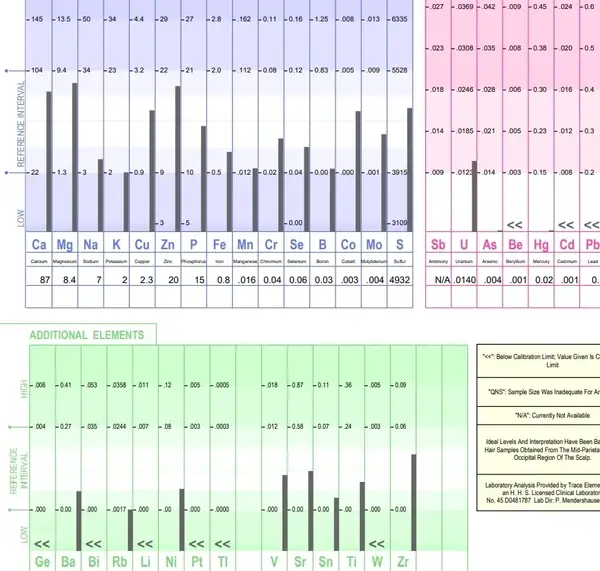David L. Watts, D.C., Ph.D., F.A.C.E.P.
Original Source: Journal of Orthomolecular Medicine Vol. 5, No. 1, 1990
Nutritional therapeutics has largely been directed toward the recognition and correction of nutritional deficiencies. It is now becoming evident that a loss of homeostatic equilibrium between the nutrients can also have an adverse effect upon health. A loss of this vital balance, particularly between the trace elements, can lead to subclinical deficiencies.
Nutrient interrelationships are complex, especially among the trace elements. A mineral cannot be affected without affecting at least two other minerals, each of which will then affect two others, etc. Mineral relationships can be compared to a series of intermeshing gears which are all connected, some directly and some indirectly. Any movement of one gear (mineral) will result in the movement of all the other gears (minerals). The extent or effect upon each gear (mineral) will depend upon the gear size (mineral quantity), and the number of cogs in the gear (number of enzymes or biochemical reactions the mineral is involved in). This meshwork of gears goes beyond just the mineral relationships, extending to and affecting the vitamins, hormones and neurological functions.
Extensive research involving tissue mineral analysis (TMA) of human hair and other tissues has led to significant advancements in the understanding of mineral relationships. This knowledge can now be further applied to the vitamin and endocrine relationships, resulting in a comprehensive, integrative approach to nutritional therapeutics.
Mineral Antagonisms
Two relationships exist among the trace elements, antagonistic and synergistic, which occur at two levels, metabolic and absorptive. Antagonism at the absorptive level is due to inhibited absorption; that is, excess intake of a single element can decrease the intestinal absorption of another element. As an example, a high intake of calcium depresses intestinal zinc absorption, while an excess intake of zinc can depress copper absorption.1 Figure 1 (p. 14) is a mineral wheel indicating the mineral antagonisms. Antagonisms at the metabolic level occur when an excess of one element interferes with the metabolic functions of another or contributes to its excretion due to compartmental displacement. This is seen with zinc and copper, cadmium and zinc, iron and copper, calcium, magnesium and phosphorus.
Mineral Synergisms
Synergism between the elements occurs largely on a metabolic level. As an example, iron and copper are synergistic in that sufficient copper is required for iron utilization.3 Magnesium also functions in concert with potassium by enhancing its cellular retention. The synergism between calcium, magnesium and phosphorus is well known due to their requirement in the maintenance and structure of osseous tissue…
…A third relationship is also noted, wherein a deficient intake of an element can allow toxic accumulation of another element. Small amounts of cadmium intake can accumulate to a point of toxicity in the presence of marginal or deficient zinc intake. Lead toxicity can occur with insufficient …… [Continue reading full article here]








